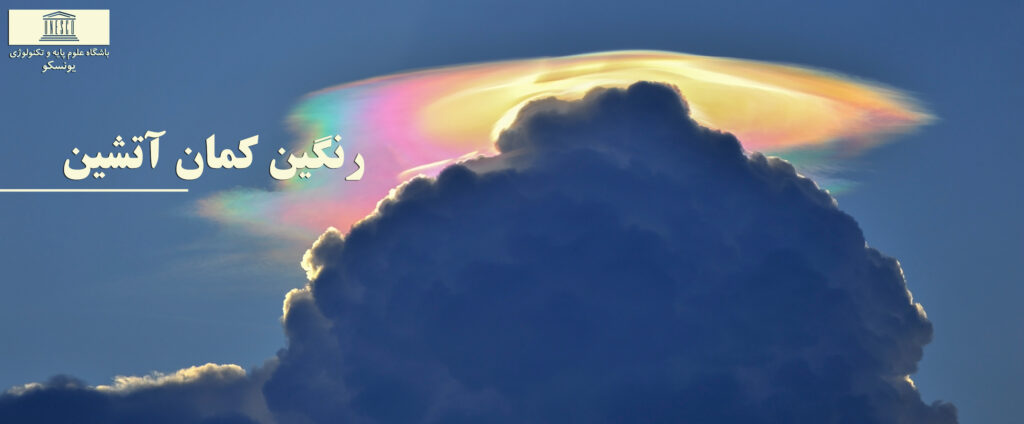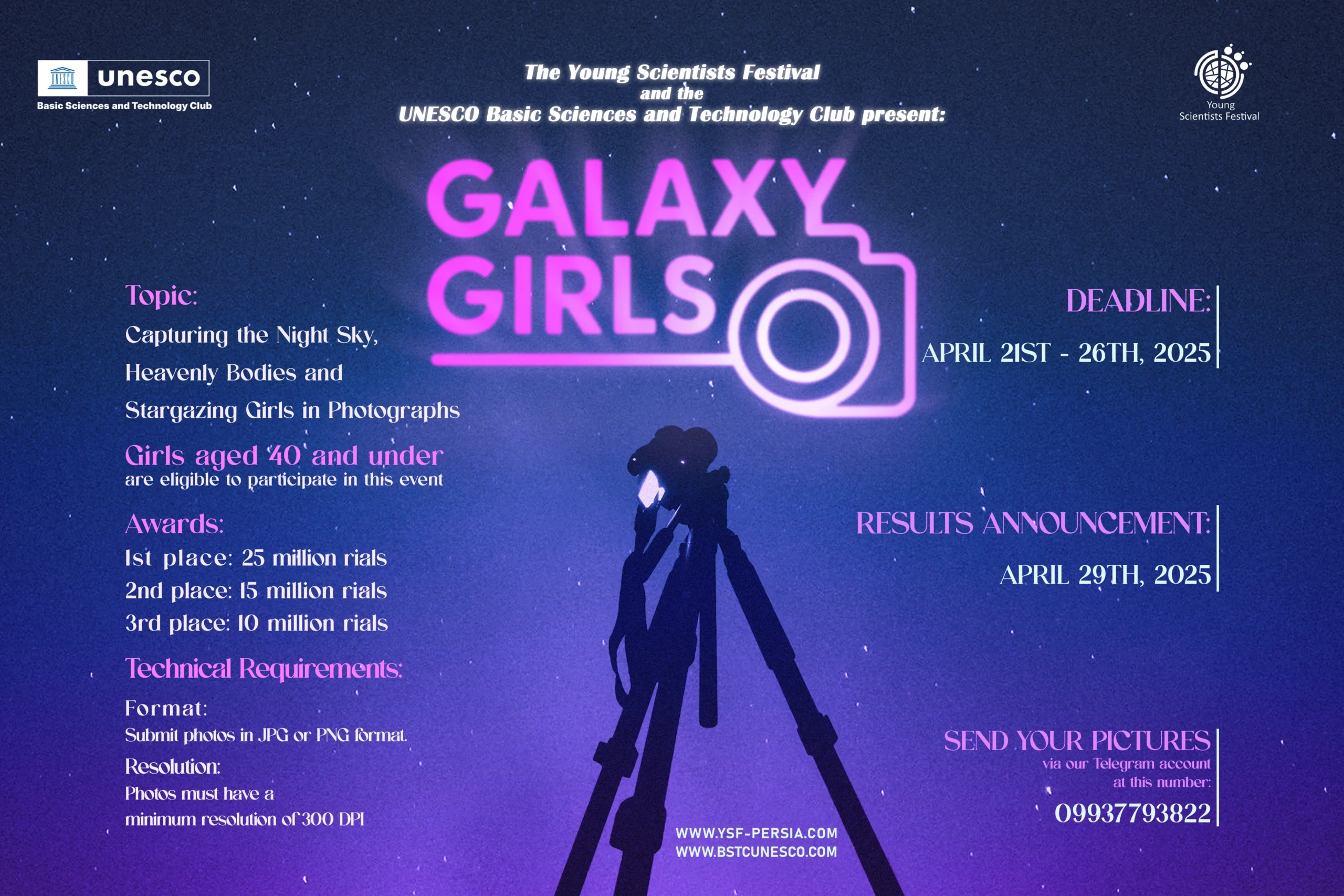Rainbows have always been considered one of nature’s most beautiful and captivating phenomena. Among them, the fiery rainbow, recognized as one of the rarest and most extraordinary types of rainbow, has particular features that distinguish it from others. This optical phenomenon, also known as the “horizontal arc,” occurs due to the refraction of light through plate-shaped ice crystals in cirrus clouds. In this article, we will explore this phenomenon, the causes behind its formation, and its unique characteristics.
What is a Fiery Rainbow?
A fiery rainbow is a unique optical phenomenon in which light refracts through ice crystals in cirrus clouds, producing a spectrum of vivid and captivating colors. This phenomenon typically occurs under specific atmospheric conditions and when the sun is in a particular position. The visual features of this rainbow are remarkably similar to the flames of a fire, which is why it is commonly referred to as the “fiery rainbow.”
The History of Observing the Fiery Rainbow
In August 2015, residents of South Carolina in the United States witnessed a strange and beautiful optical phenomenon in the sky. This event, resembling a rainbow, was initially introduced to social media as the “multicolored angel.” In fact, this phenomenon was a type of “horizontal arc” that quickly caught the attention of many due to its unique features.
This rare optical event was not only observed in South Carolina but also in other parts of the United States. However, it was this particular instance that captured global attention, turning it into a scientific and visual wonder.
What Causes the Formation of a Fiery Rainbow?
The fiery rainbow occurs under very specific atmospheric conditions. Three main factors need to align simultaneously for this phenomenon to be visible:
Presence of Cirrus Clouds at High Altitudes: A fiery rainbow forms when light passes through high-altitude cirrus clouds. These clouds, due to their geographic position and atmospheric conditions, provide an ideal setting for this optical phenomenon.
The Position of the Sun: Another essential condition for observing a fiery rainbow is the sun’s position. For the phenomenon to be visible, the sun must be at least 58 degrees above the horizon. This means that the fiery rainbow appears during certain times of the day when the sun is relatively high in the sky.
Hexagonal Ice Crystals: In cirrus clouds, there are hexagonal ice crystals with flat surfaces. These crystals act like prisms, refracting light as it passes through them. When light enters these ice crystals, it bends, splitting into its component colors, thus creating the fiery rainbow.
The Mechanism of Light Refraction and Fiery Rainbow Formation
The ice crystals in cirrus clouds play a crucial role in the formation of a fiery rainbow. When sunlight passes through these ice crystals, due to the physical properties of the crystals, the light bends and splits into different colors. This process is similar to how a glass prism works, dispersing light into a spectrum of colors.
Once refracted, the light returns from the cirrus clouds towards the Earth, creating an extraordinary optical phenomenon. In some cases, the shape and structure of these clouds resemble flames, which is why this phenomenon is often referred to as the “fiery rainbow.”
Differences Between Fiery Rainbows and Other Rainbows
Fiery rainbows differ significantly from other types of rainbows. One of the main differences is that fiery rainbows tend to have more intense and warm colors, particularly red and orange, compared to typical rainbows. These intense hues give the fiery rainbow a distinct, flame-like appearance.
Furthermore, the mechanism of light refraction in fiery rainbows results in a horizontal phenomenon, while in other rainbows, the phenomenon appears as an arc, typically seen in a vertical direction.
Observing a Fiery Rainbow
A fiery rainbow is a rare phenomenon that occurs only under specific atmospheric conditions and when the sun is in the right position. This optical event is most commonly observed in areas where cirrus clouds are present in the sky. However, witnessing this phenomenon requires both precision and luck, as the combination of atmospheric conditions and the sun’s positioning rarely align to create the fiery rainbow.
Cultural and Scientific Impact of the Fiery Rainbow
The fiery rainbow is not only fascinating from a scientific perspective but also has cultural and spiritual significance. Due to its vivid and intense colors, it is often seen as a symbol of good fortune and luck in many cultures. People frequently view the sighting of a fiery rainbow as a sign of positive change or transformation in their lives.
On the scientific front, this phenomenon provides an opportunity for research and learning. Scientists and researchers study fiery rainbows to gain a better understanding of atmospheric processes, the behavior of light, and the role of ice crystals in the formation of optical phenomena.
About Us
The Basic Sciences and Technology Club, based on fundamental sciences and student-community collaboration, executes projects for sustainable development with financial and administrative support. This club is dedicated to advancing knowledge and research in various scientific fields, particularly in atmospheric sciences and physics.
Learn More
To learn more about fiery rainbows and other similar optical phenomena, you can explore specialized scientific resources and articles. These resources will provide you with detailed and comprehensive information to help deepen your understanding of how optical phenomena in Earth’s atmosphere form.


